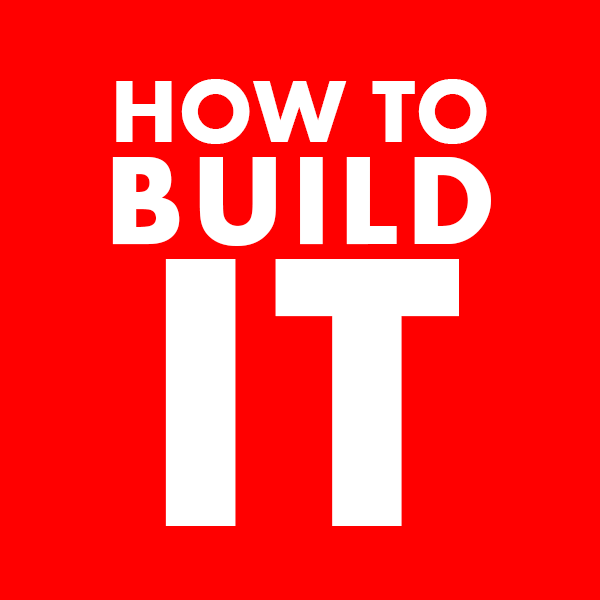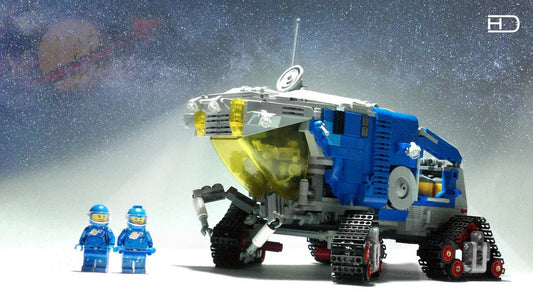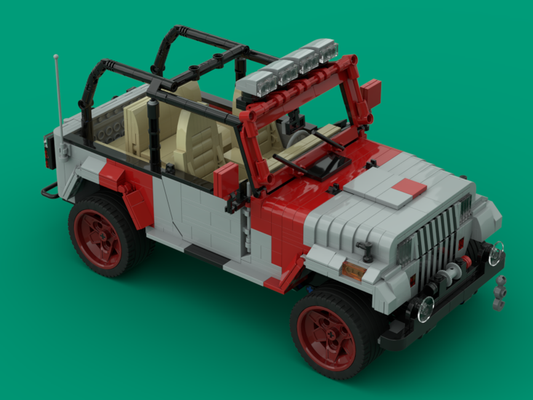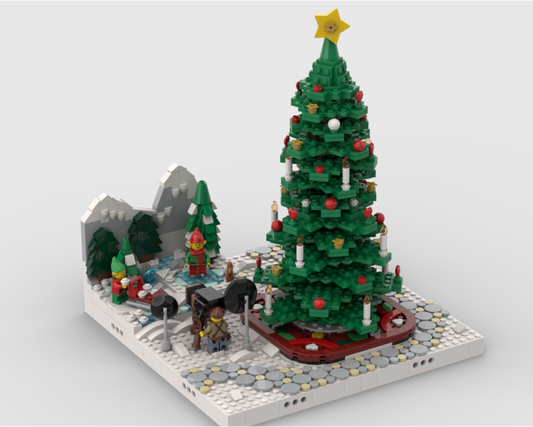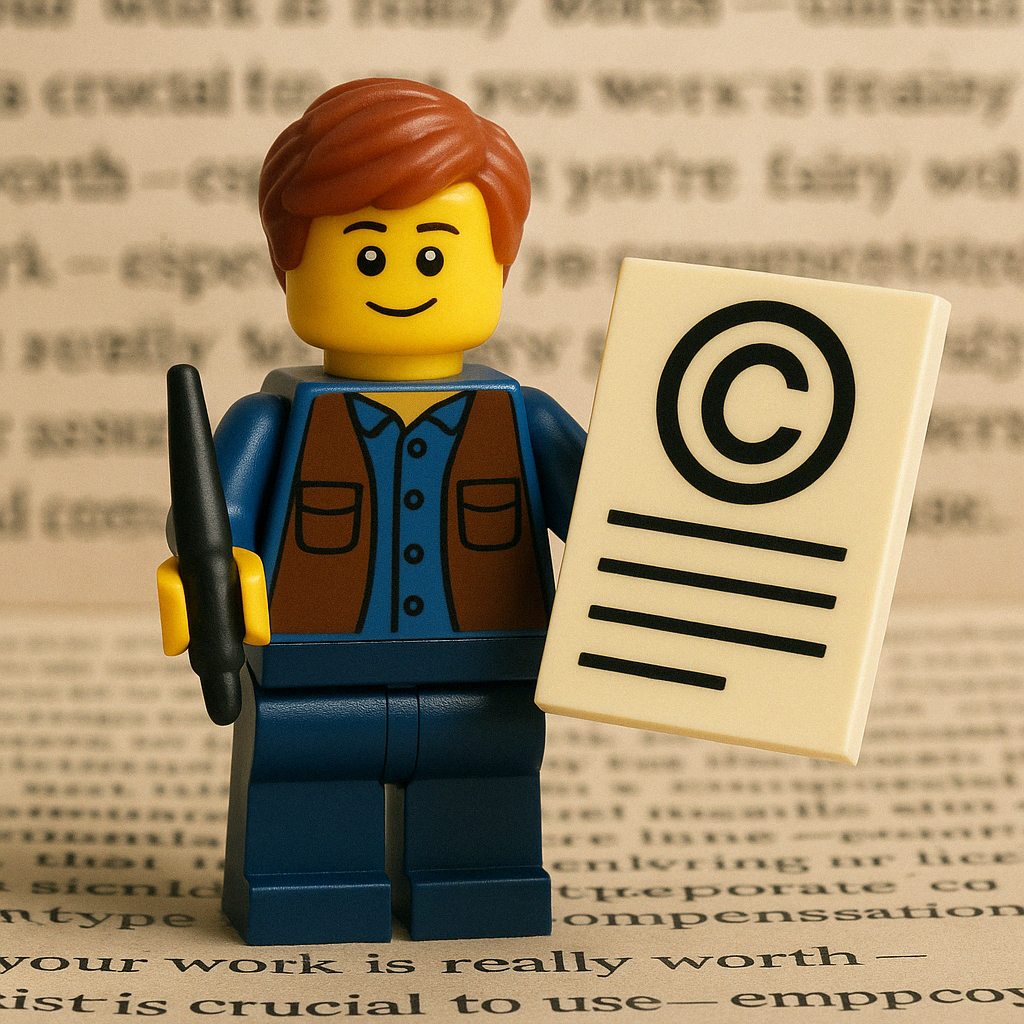
Don’t Sell Yourself Short: Understanding Copyrights When Designing LEGO compatible bricks Models for Companies
Share
In the growing world of LEGO art and MOC (My Own Creation) design, more and more talented builders are being approached by individuals and companies who want to buy or license their models. While it’s exciting to see your work valued by others, many models artists unknowingly give away far more than they should—especially when it comes to copyrights.
If you’re a models designer creating models for others, it’s crucial to understand what your work is really worth—and to make sure you’re fairly compensated not just for your time, but for the rights to your creative work.
What Are You Really Selling?
When you design a model for someone else, there are two main components to the deal:
-
Design Time – This is the fee for the hours or days you spent designing the model. The cost varies based on your experience, skill level, and the complexity of the project. This part is often easier to estimate and agree on.
-
Copyright & Usage Rights – This is where many artists miss out. If you’re giving up the right to reproduce, sell, or use your model commercially, you’re essentially transferring the copyright. And that has significant value—especially if the buyer is a company planning to resell your design.
In my opinion, the fair value of transferring full copyright to a model ranges from $1,500 to $3,000, depending on the size and complexity of the build. This is separate from your hourly rate, and it reflects the long-term value your design can generate.
At the same time, if you trust the company you intend to work with, you can make an agreement for a percentage of each sale instead of a one-time sale of the copyright.
Designing for a Company vs. an Individual
The purpose of the model also matters. Creating a one-time gift for someone’s birthday? You might decide to charge only for your design time and grant limited use rights.
But if a business wants to use your design to create a product, resell instructions, or mass-produce kits—that’s commercial use. In this case, you must charge not only for the design work but also for the full or partial copyrights. Without this, you could be handing over the rights to your work for free while the company profits from it.
Know Your Rights
Unless stated otherwise in a signed agreement, you—the artist—own the copyright to your model, even after it's been sold. This means you have the exclusive right to:
-
Reproduce and sell your model or instructions
-
License it to others
-
Display it publicly or in publications
Any agreement that includes transferring or licensing these rights should clearly define the scope of use and come with appropriate compensation.
*The above is not legal advice and a lawyer should be consulted in any such action.
Key Takeaways for Model Designers
-
Never give away copyrights casually. Understand their value before signing anything.
-
Charge separately for design work and copyright transfer. These are two different things.
-
Ask who the model is for and how it will be used. Personal use and commercial resale are very different cases.
-
Put it in writing. Always use a contract or agreement that outlines the scope, ownership, and compensation.
As bricks art becomes more recognized and commercialized, designers must protect their creative rights and value. Respect your time, your talent—and your copyright.
If you’re not sure what to charge or how to structure a licensing agreement, don’t hesitate to seek professional advice. Your designs are art—and art has value.
*The above is not legal advice and a lawyer should be consulted in any such action.
